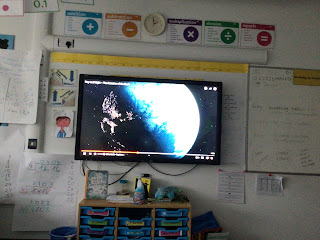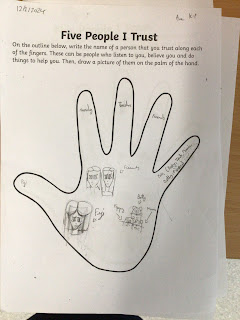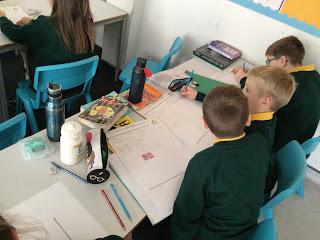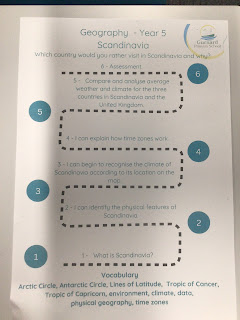I can explain why some parts of Scandinavia have 24 hours of darkness.

This week the children used globes to identify how the tilt of the Earth has an effect on the amount of light/ darkness in Northernmost part of Norway and Sweden which are north of the Arctic Circle. The polar nights lasts for about 28 days and the midnight sun can last for 50 days. The Earth is on an axis - 23.5 degrees. Which means that when the Earth is tilted away from the sun, there are parts of the northernmost points that do not receive any sun for parts. When the Earth is tilted towards the sun the northernmost points will receive sun most of the time. This was quite a tricky concept to learn so the children used torches and a globe to act out how the tilt has an effect of the Earth.





